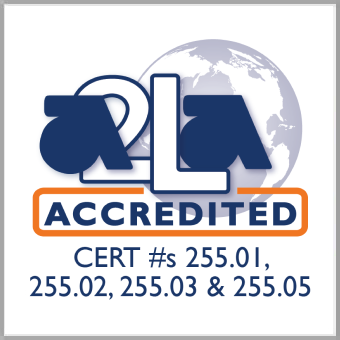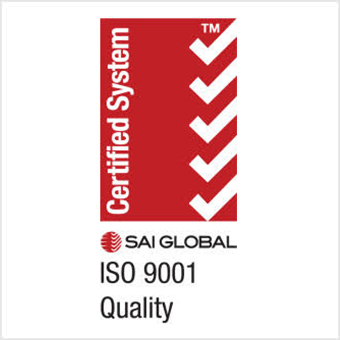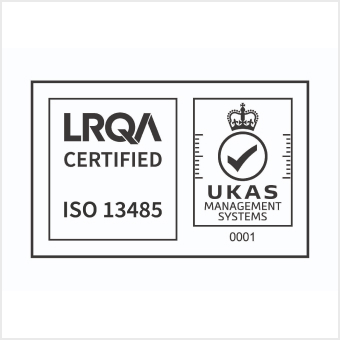SAE J2027 (Section 5.2.8)
SAE J2027 is a standard specification developed by the Society of Automotive Engineers (SAE) that outlines requirements for automotive fuel hoses. These hoses are crucial components in vehicles and engines, as they deliver fuel between various parts such as the fuel tank, engine, and fuel system components. SAE J2027 provides guidelines for testing, material specifications, and performance characteristics that automotive fuel hoses must meet to ensure reliability, safety, and durability in real-world operating conditions.
The SAE J2027 standard consists of several sections, each addressing different aspects of fuel hose design, materials, and testing. Section 5.2.8 is one of the key sections in the standard and deals with a specific set of performance requirements related to chemical resistance, material durability, or other mechanical properties (depending on the exact focus of the section within the SAE J2027 standard).
1. General Purpose of Section 5.2.8
Section 5.2.8 in the context of SAE J2027 would likely address a specific performance or testing criterion for fuel hose materials. Given the general scope of SAE J2027, this section could cover one or more of the following:
- Chemical Resistance: The ability of the hose material to withstand exposure to various fuels (e.g., gasoline, diesel, ethanol, etc.) and other chemicals it may encounter during operation.
- Mechanical Properties: Testing the hose’s strength, flexibility, and resilience under specific stressors like high pressure, temperature variations, and physical impact.
- Durability and Aging: Evaluation of how the hose material behaves over extended periods of exposure to heat, UV radiation, and other environmental factors that might cause degradation.
2. Focus on Chemical Resistance (5.2.8)
If Section 5.2.8 specifically addresses chemical resistance, it would lay out the procedures and specifications for testing how fuel hoses react to certain liquids and chemicals, such as:
- Fuel and Oil Compatibility: Hoses must remain intact and functional when exposed to various fuels (gasoline, ethanol, diesel, etc.), oils, and lubricants commonly encountered in automotive environments.
- Swelling and Degradation: The hose material should not swell excessively or degrade when exposed to the chemicals it will encounter. Swelling or shrinking can cause hoses to lose their structural integrity, leading to leakage or rupture.
- Discoloration and Surface Cracking: Exposure to chemicals should not cause surface discoloration or cracking. These visual and mechanical indicators can signal that the material has been compromised.
- Strength Retention: After exposure to fuel and other chemicals, the hose material should retain sufficient tensile strength, elongation, and flexibility to maintain its functionality in the vehicle’s fuel system.
3. Test Procedures
Section 5.2.8 would likely outline the testing procedures to evaluate chemical resistance, which could include:
- Immersion Testing: Samples of the hose material would be immersed in specific fuels or chemicals for a defined period to simulate real-world exposure.
- Exposure Conditions: Details on the temperature, pressure, and duration of exposure are critical to ensure that testing mimics real operating conditions. For instance, the hose might be exposed to chemicals at temperatures ranging from ambient to high temperatures that occur during engine operation.
- Measurement Criteria: Key performance indicators would include weight change (gain or loss), tensile strength, elongation, volume change, and hardness before and after exposure. These measurements are used to quantify any degradation or performance changes in the hose material.
- Control and Comparison: A control sample (untested hose material) would be included to establish baseline properties. The post-test hose material would then be compared to this control sample to assess any significant differences in mechanical or chemical properties.
4. Material Specifications for Fuel Hoses
In addition to detailing testing procedures, Section 5.2.8 might also specify the material requirements for fuel hoses. These could include:
- Rubber and Synthetic Materials: Rubber compounds and synthetic elastomers used in the construction of fuel hoses must be able to withstand exposure to various chemicals, including petroleum-based products, alcohol blends, and other automotive chemicals.
- Reinforcement and Flexibility: Fuel hoses are often reinforced with layers of textile or metal to provide strength while maintaining flexibility. Section 5.2.8 would likely define the acceptable standards for these reinforcements to ensure that the hose is durable and resistant to mechanical wear.
- Ageing Resistance: Over time, fuel hoses can degrade due to exposure to heat, UV light, and oxygen. Section 5.2.8 might address the materials’ ability to resist oxidation and degradation due to prolonged environmental exposure.
5. Performance under Specific Conditions
Section 5.2.8 may also consider how fuel hoses perform under specific operating conditions such as:
- High and Low-Temperature Exposure: Fuel hoses are expected to perform in a wide range of temperatures, from the freezing point in colder climates to high engine temperatures in hot environments. The standard would likely specify tests for how hoses retain their flexibility, integrity, and chemical resistance across these temperature ranges.
- Pressure Resistance: Fuel hoses need to maintain their structural integrity under high-pressure conditions. Section 5.2.8 may detail the required pressure testing to ensure that hoses don’t leak or rupture during normal and extreme operating pressures.
- Vibration and Mechanical Stress: During vehicle operation, hoses are subjected to mechanical stresses, including vibrations and flexing. This section may include testing for material fatigue and flexibility under repeated stress conditions.
6. Evaluation of Results and Compliance
After conducting the necessary tests as outlined in Section 5.2.8, the hose material’s performance must be evaluated based on defined criteria:
- Pass/Fail Criteria: The section would likely specify thresholds for acceptable changes in mechanical properties after exposure. For example, the hose material might be required to retain at least 80% of its original tensile strength and flexibility after a specified immersion time in the test liquids.
- Acceptance and Certification: Fuel hoses that meet the specified standards in Section 5.2.8 would be deemed compliant with SAE J2027. These hoses could then be certified for use in automotive applications, ensuring that they are reliable and safe for consumers.
7. Importance in Automotive Applications
The performance of fuel hoses is critical in automotive applications because they directly impact the safety, efficiency, and durability of the vehicle’s fuel system. Section 5.2.8 ensures that hoses can withstand harsh chemicals and extreme conditions over long periods, preventing fuel leaks, material degradation, and failures that could compromise vehicle performance or safety.
Fuel hose failures can lead to:
- Fuel Leaks: This is a safety hazard, as fuel is flammable and can pose serious risks of fire or explosion.
- Reduced Fuel Efficiency: Leaks or degradation in fuel hoses can lead to improper fuel delivery, affecting engine performance and efficiency.
- Environmental Contamination: Leaking fuel can pollute the environment, especially in sensitive areas such as groundwater or on roadways.
By ensuring that fuel hoses meet stringent chemical and mechanical performance criteria, Section 5.2.8 helps minimize these risks and ensures that fuel hoses perform reliably throughout their service life.
8. Applications in Modern Vehicles
Fuel hoses tested according to SAE J2027, Section 5.2.8, are used in a variety of modern vehicles, including:
- Passenger Cars and Trucks: Fuel hoses are integral to the proper functioning of the fuel system, ensuring that fuel is delivered efficiently and safely to the engine.
- Electric Vehicles (EVs) and Hybrid Vehicles: In hybrid vehicles that still use gasoline or diesel engines, fuel hoses are required to meet the same stringent standards to prevent leaks and ensure fuel system reliability.
- Commercial and Heavy-Duty Vehicles: These vehicles often have more demanding fuel delivery systems due to their larger engines and higher fuel consumption. Section 5.2.8 ensures that the hoses can withstand these harsher operating conditions.
Conclusion
In summary, SAE J2027, Section 5.2.8 addresses a critical aspect of fuel hose testing—evaluating how rubber or synthetic materials used in fuel hoses respond to chemical exposure, temperature fluctuations, pressure, and other mechanical stresses. By establishing rigorous testing and material requirements, this section ensures that automotive fuel hoses are reliable, durable, and safe for use in various vehicles. The guidelines it provides help manufacturers create fuel hoses that protect consumers and the environment, reducing the risk of leaks, system failures, and safety hazards.
This summary has focused on the key aspects of Section 5.2.8, but additional details, data, and case studies could further expand the understanding of this important test standard.
If you need a deeper dive into specific aspects of Section 5.2.8, feel free to ask for more focused explanations!



